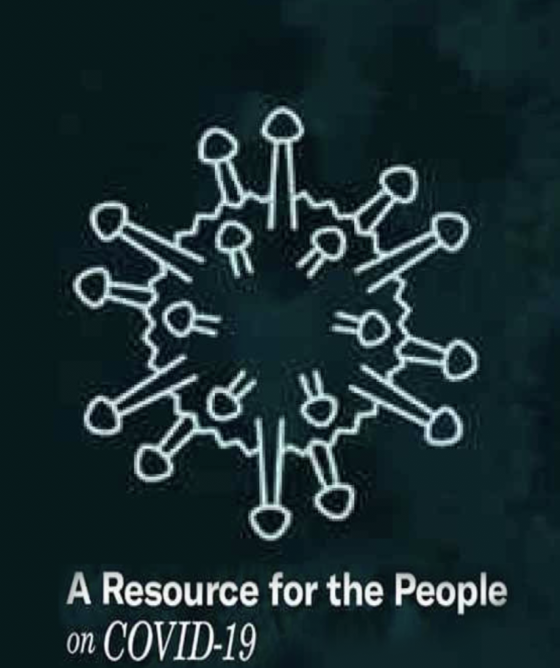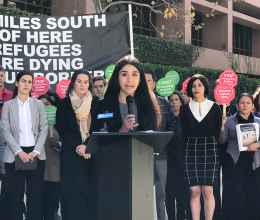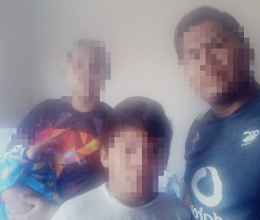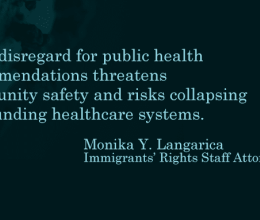In April 2012, PBS aired a damning documentary about Anastacio Hernández Rojas, a 42-year-old father of five U.S.-born children who had lived in the United States for more than two decades. In May 2010, he was deported. Unable to endure exile from his wife and children, he tried to cross back into the United States. At the border, at least a dozen Border Patrol agents surrounded Hernández Rojas and brutally beat him as he lay handcuffed and prone on the ground. The agents Tasered him at least five times, even as he pleaded for help.
Hernández Rojas suffered a heart attack and lost oxygen to his brain. He died in the hospital; the San Diego County coroner ruled his death a homicide.
After the PBS report aired, 16 members of Congress wrote to the secretary of Homeland Security, the Department of Homeland Security (DHS) inspector general, and the attorney general, seeking a thorough, public accounting of U.S. Customs and Border Protection's (CBP) use of force policies, training and disciplinary procedures, and investigations into misconduct. The congressmen observed that the federal agents involved in Hernández Rojas' murder had intimidated eyewitnesses to the beating and tried to delete bystanders' videos, and that the agency press release issued in the wake of the attack falsely claimed that Hernández Rojas had "become combative."
Last Tuesday, DHS's Office of Inspector General released its report on use-of-force incidents involving CBP personnel. (Read the OIG report here.) While the report has a small number of commendable recommendations regarding record-keeping and training, it is disappointing insofar as it fails to answer many of the public's most pressing questions. And, consistent with CBP's lack of transparency on uses of force, part of the report is redacted.
Still, the OIG report sheds some insight into the CBP black box that has thwarted public scrutiny of the agency's troublingly frequent use-of-force incidents. Perhaps most significantly, the report reveals that CBP, the largest law enforcement agency in the United States, lacks any reliable, agency-wide mechanism to track the total number of excessive force allegations and investigations involving agency employees.
Given the lack of complete and accurate data, OIG relied on a partial subset of available records to try to assess CBP's uses of force. It identified at least 1,187 records of possible uses of excessive force between 2007 and 2012, but does not address whether the uses of force were necessary or justified, and whether any CBP officers involved in these incidents were investigated or disciplined.
According to the report, a field audit team observed in 2012 that many Border Patrol agents and CBP officers "do not understand use of force and the extent to which they may or may not use force."
The OIG report also indicates that in November 2012, CBP initiated its own internal review of use-of-force issues following several deadly force incidents. This portion of the report, however, is heavily redacted. (U.S. Representative Raul Grijalva (D.-Ariz.), one of the 16 lawmakers who requested the OIG report, has expressed his disappointment about these deletions, adding that he "expected much more content.")
Since January 2010, at least 19 people have died at the hands of CBP officers and Border Patrol agents. Five of these victims were U.S. citizens; seven were under the age of 21; six were in Mexico when fatally shot. Change is urgently needed not only to hold the officers and agents involved in these tragedies publicly accountable, but also to increase transparency throughout the agency.
The United States will appear next month before the U.N. to answer questions related to the lack of accountability for border killings, and to explain how CBP's use-of-force policy complies with the International Covenant on Civil and Political Rights (ICCPR), a treaty that was ratified in 1992. The ACLU will be in Geneva to observe the session and advocate for greater transparency and accountability for human rights abuses at the border.
In a shadow report submitted to the United Nations Human Rights Committee earlier this month, the ACLU identifies five key recommendations designed to stop further killings along our borders:
- CBP should reform its use-of-force policies to conform with best practices recognized by the Department of Justice and other U.S. state and local law enforcement entities. For example, CBP enforcement officers should be required to wear body-worn cameras, accompanied by appropriate privacy protections for officers and the public; according to DOJ, the use of such cameras both improves the judicial process (by providing effective video evidence) and increases officer safety (both by deterring violent behavior and bringing individuals who attack officers to justice).
- Congress should establish meaningful oversight and accountability mechanisms to ensure that immigration officials, including CBP officers and BP agents, are held accountable for rights violations and abuses of authority.
- Congress should legislate measures to prevent the deaths and exploitation of migrants along the border.
- CBP should provide ongoing and improved training for personnel to prevent civil and human rights abuses.
- DHS should create enforceable standards applicable to all CBP short-term custody facilities and hold rooms.
The immediate implementation of these recommendations would provide a concrete starting point for a more just and humane border, and go a long way toward preventing any more tragic deaths at the hands of CBP or BP personnel.
By Mitra Ebadolahi








